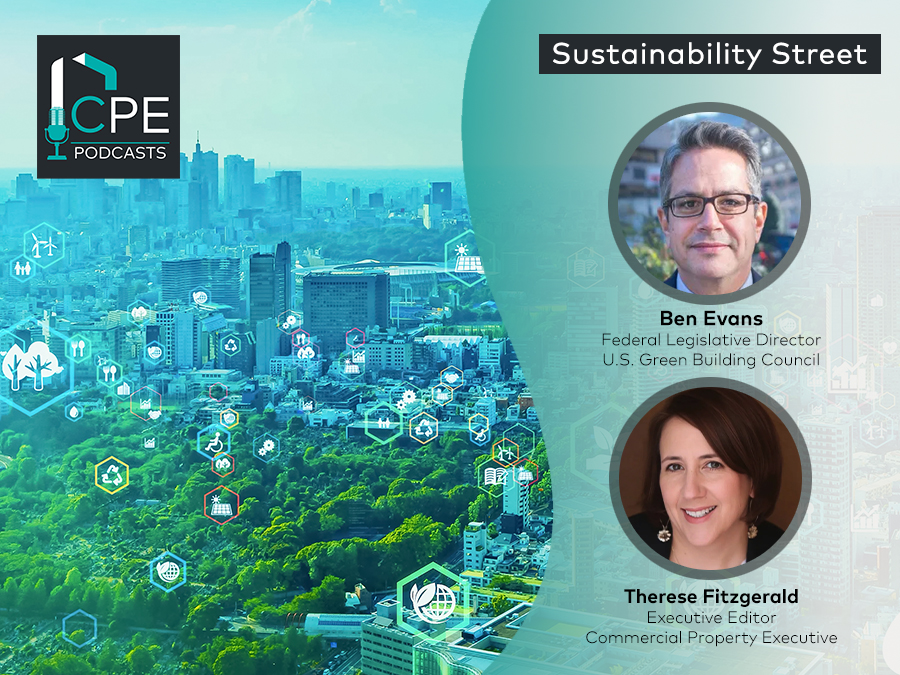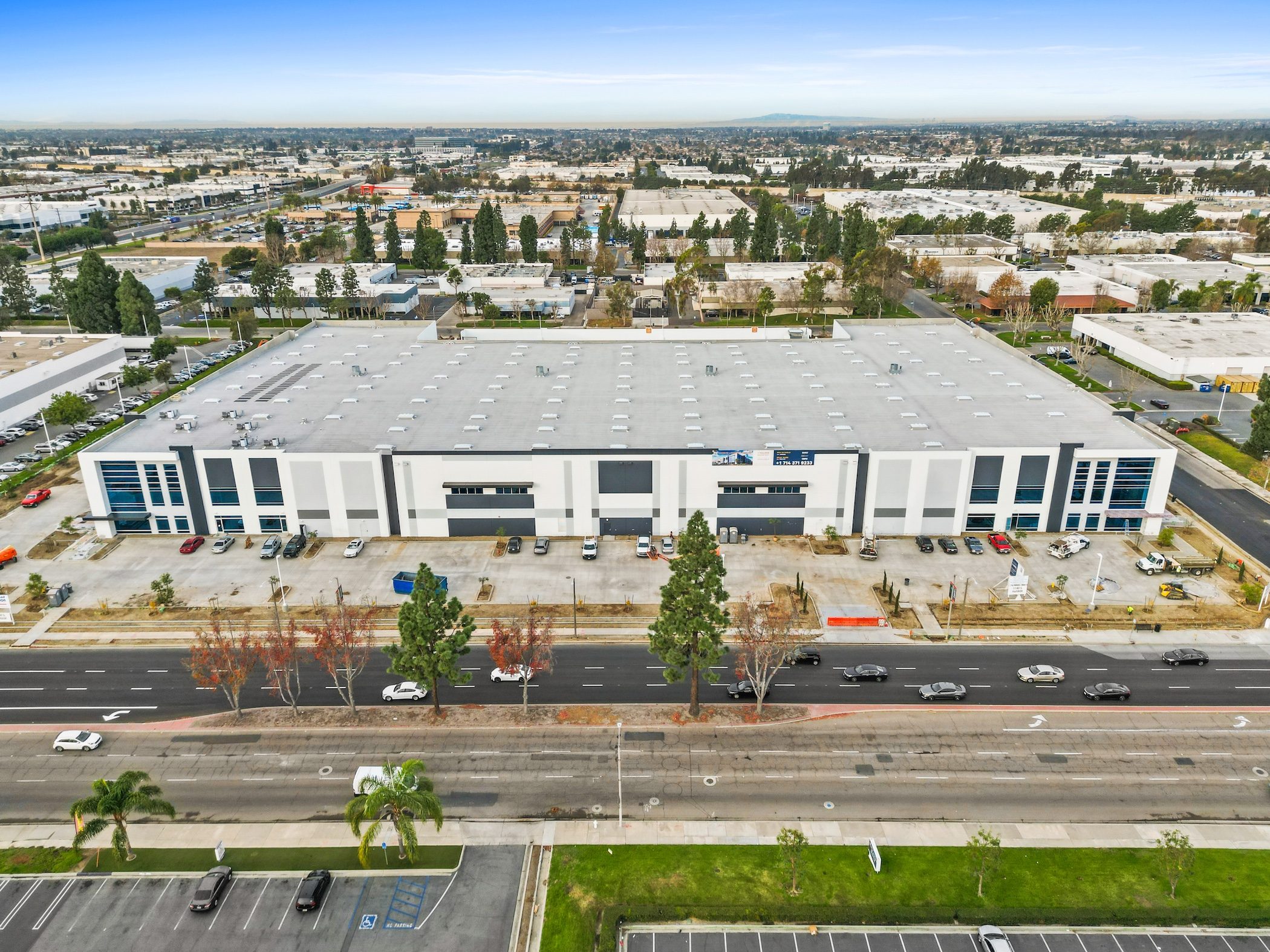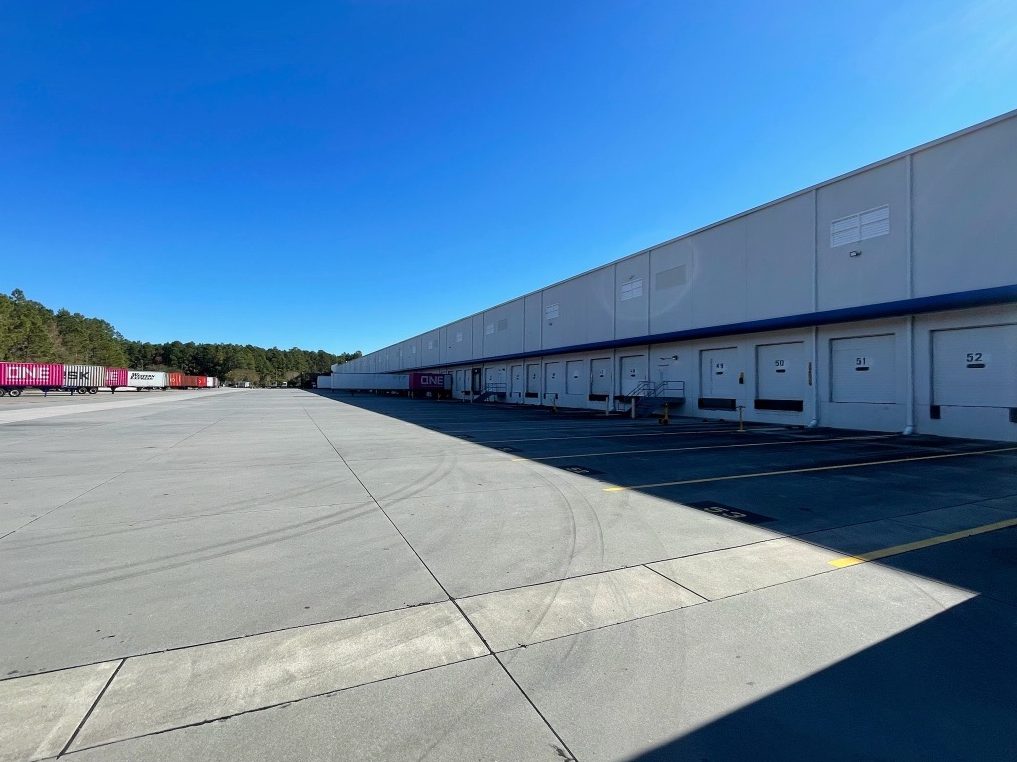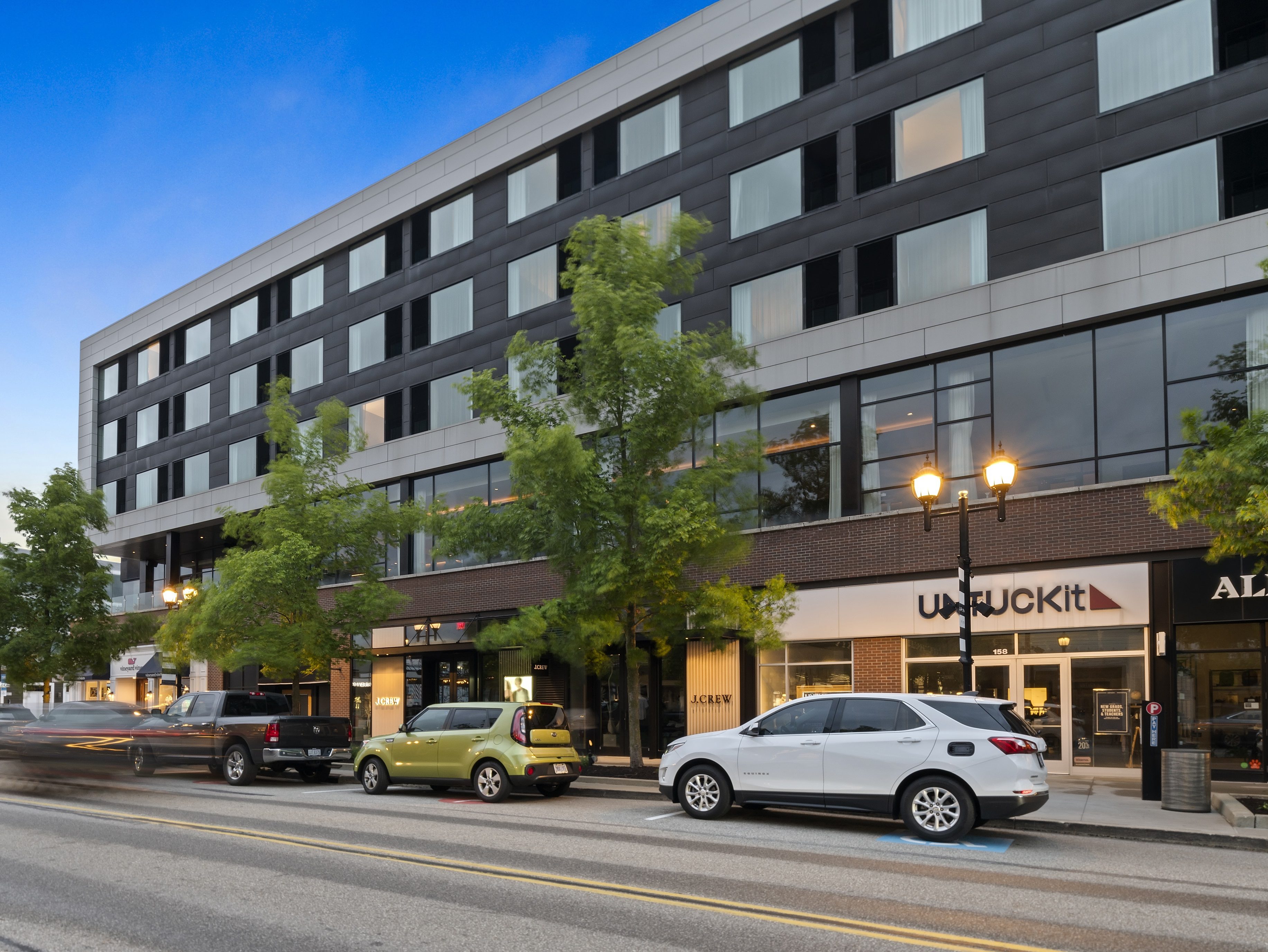Mixed-Use: 5 Questions Every Lawyer Should Answer
Those looking to develop a mixed-use project face the tasks of deciding what and where to build, and assembling a team of professionals. Adam Silverman of Cozen O’Connor, discusses how experienced counsel can help you answer the following questions when building a mixed-use structure.
By Adam Silverman
All mixed-use development — whether consisting of a skyscraper that incorporates retail, office and residential uses, or a master planned community on 100 acres of underdeveloped land — seeks to create community. This goal is at the heart of the “live, work, play” mantra that has come to define mixed-use development, and achieving it presents unique challenges to the developer.
As a threshold matter, those at the helm of a mixed-use development project face the daunting tasks of deciding what and where to build, and assembling a team of professionals whose experience aligns with the multi-faceted skills sets and areas of expertise that the particular project requires. Experienced counsel can help you answer the following questions, and can bring those answers to life with foundational legal documents that are every bit as necessary as the physical foundations upon which your project is built. Here is a look at how experienced counsel can help developers and other property executives meet these challenges.
What ownership structure makes the most sense for my project?
If the project is made up of multiple parcels of land or condominium units, the most common structure is for title to the parcels to be held in a series of separate, single purpose entities that are directly or indirectly owned by the developer or joint venture (or its constitute partners). While this structure is most commonly used, it is not the only option, and in certain situations may not be the best choice. Your lawyer will carefully analyze what structure is best suited to your project, goals, and practical realities.
What will this project mean for my business come tax time?
Ownership structure is often driven by the desire to maximize tax efficiency. The form of the entities, and the structure of ownership, may vary from state to state based on local tax considerations. Tax codes are notoriously complex and are chock-full of landmines for the unwary. An experienced attorney will help you avoid missteps on the front end that could cost you dearly down the road.
How do I handle multiple cooks in the kitchen?
As noted above, a mixed-use development requires a multi-faceted team, because different kinds of development call upon different skill sets and areas of expertise. Residential development is very different than retail, designing a hotel is different than designing an office building, and finding a single tenant to lease a 40,000 square foot grocery store is different than finding tenants to rent one-bedroom residential units. But to be successful, a mixed-use development needs to combine all the viewpoints and considerations into a single unified vision. Where the project involves multiple developers, balancing that unified vision can be a delicate business. An experienced attorney can add value by suggesting reasonable compromises that facilitate the business deal while protecting your interests, and can appropriately codify those compromises when drafting the agreements upon which the project is based.
Are there any public grants or incentives that might help me reduce costs?
Governments at all levels (local, county, state and federal) often seek to encourage development in depressed or underutilized areas through tax incentives, low interest loan programs, grants and other offers of aid. Each program is unique, and taking full advantage of them requires counsel who can help you navigate the program’s requirements and pitfalls.
What municipal and public agencies are at play, and how do I navigate them?
Mixed-used development projects implicate a staggering array of municipal and public agencies, which may include industrial development authorities, economic development authorities, redevelopment authorities, environmental protection agencies, community development corporations, port authorities, local resident associations and even the U.S. Navy or the Army Corps of Engineers. Many of these organizations are intended to encourage certain kinds of preferred development in certain geographical areas, but are often hamstrung by the parameters of their charters or the documents that may govern by whom, and how, a particular parcel of land gets developed. The job of the attorney representing a developer before such an agency is often to convince the agency that the project fits within the parameters of the agency’s requirements, or to conform the project to meet those requirements while maintaining its economic viability and creative vision.
When executed well, a mixed-use development provides an inviting environment within which to “live, work and play.” So long as people continue to crave the interaction of community and sense of place that mixed-use developments can provide, they will continue to be popular development projects. The form and scale of these projects are limited only by the imagination of the designers and developers who create them. Whether redeveloping an outdated shopping mall into a modern town center or turning a former industrial site into a master planned community, the challenges and rewards of mixed-use development will continue to inspire builders and users alike for many years to come. And the complexity of the projects will call for equally sophisticated legal counsel to guide their client through the labyrinth of legal issues and potential hazards that such projects present.
Adam Silverman, a partner in the Real Estate Practice Group at Cozen O’Connor in Philadelphia, concentrates his practice in the area of commercial real estate and related transactions, and has represented a variety of regional and national developers.








You must be logged in to post a comment.